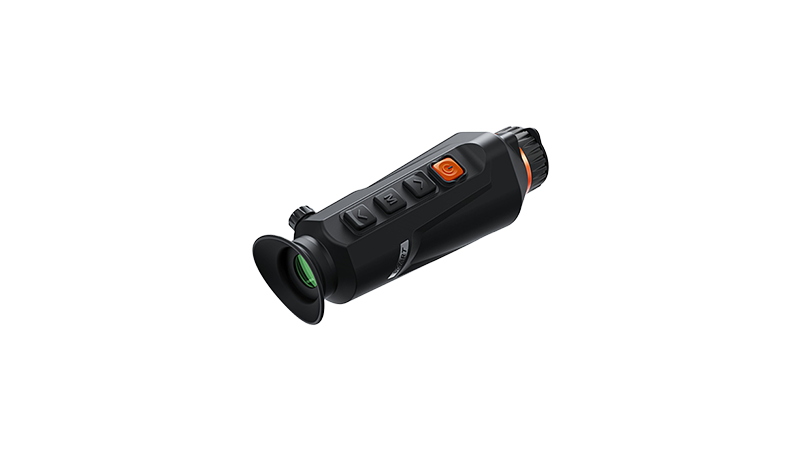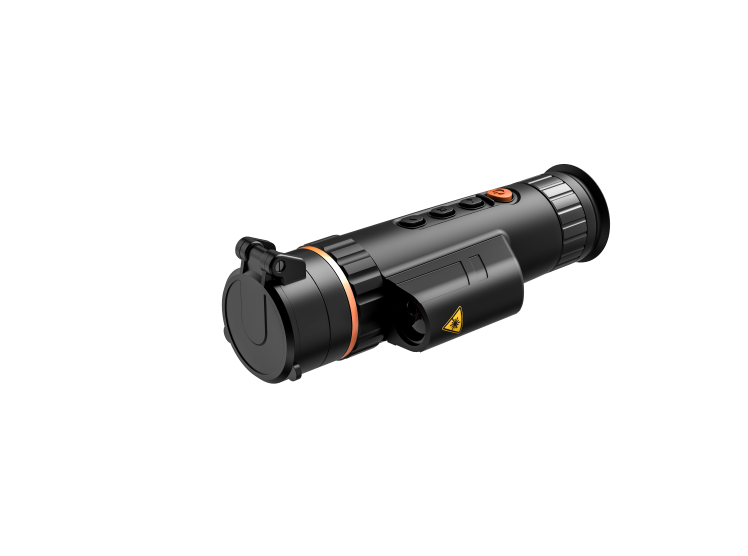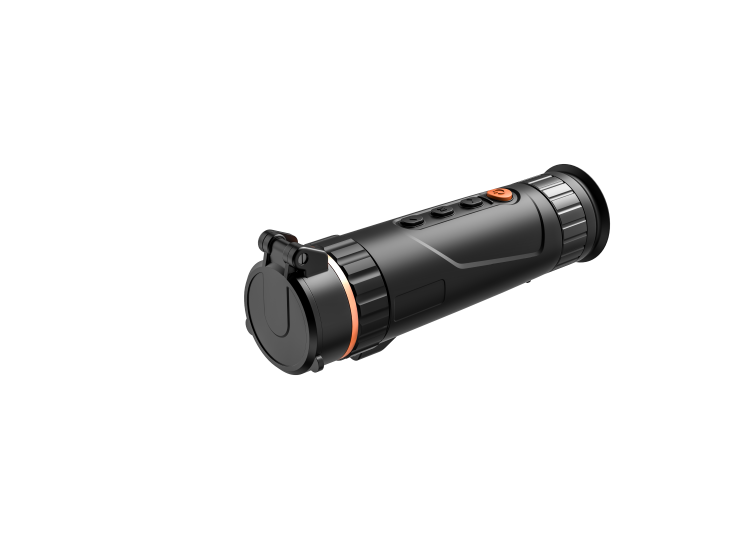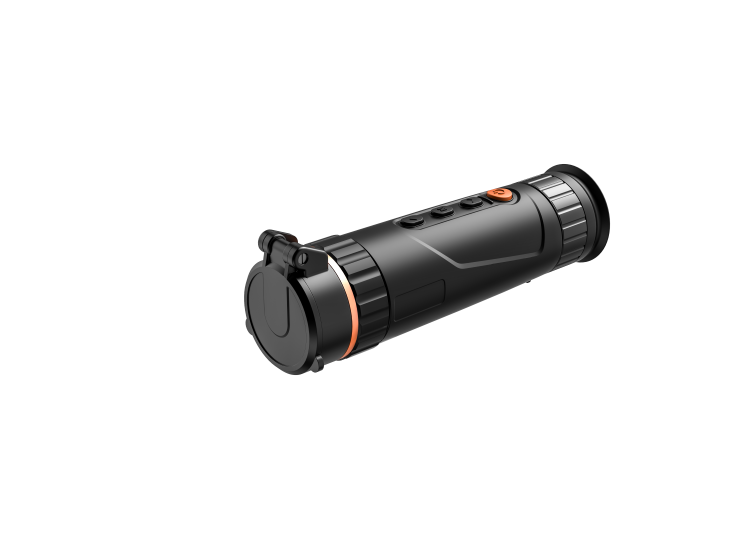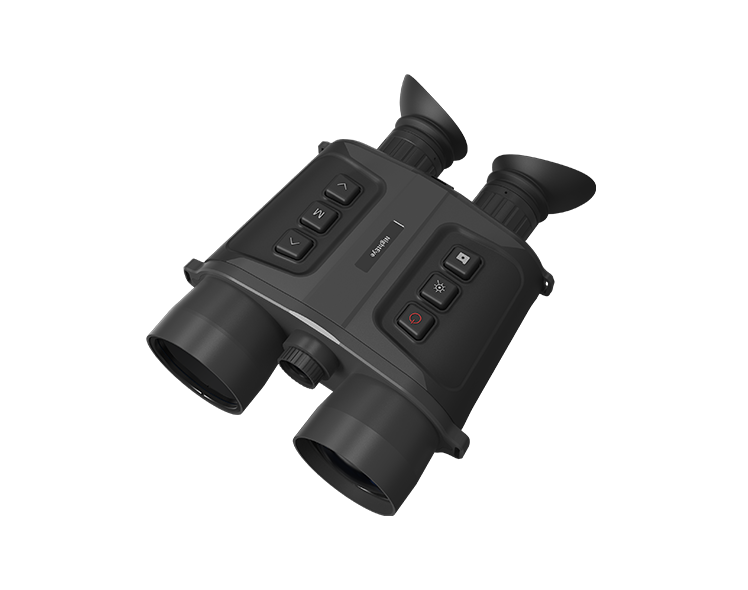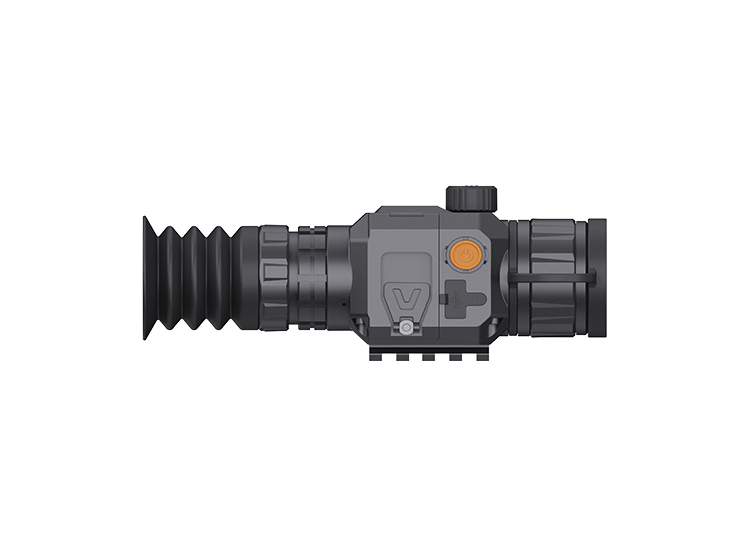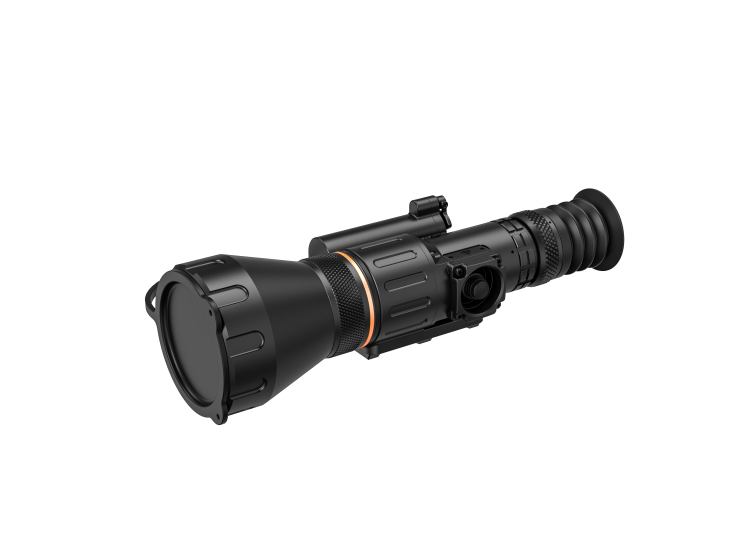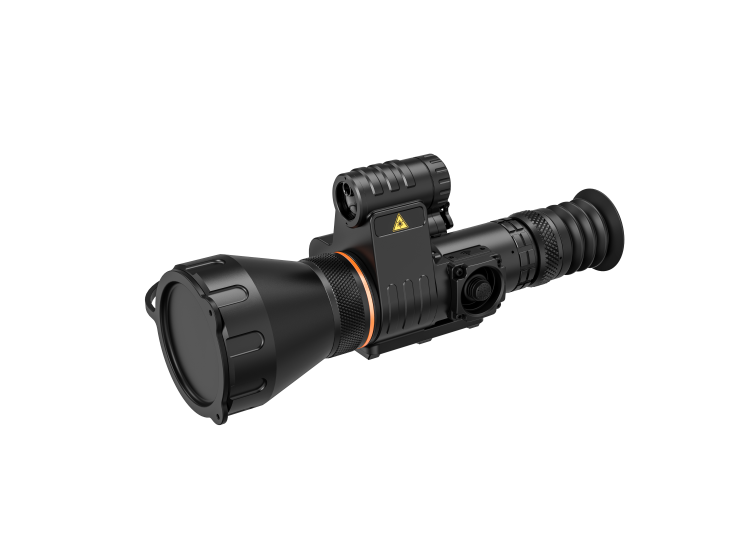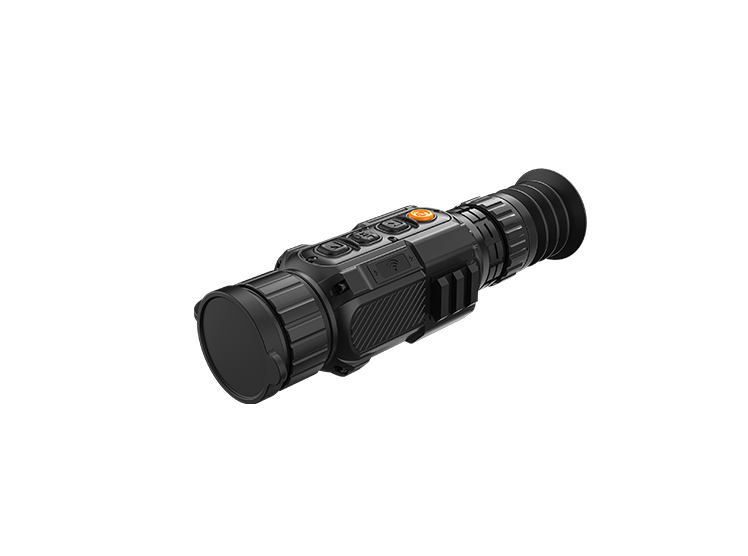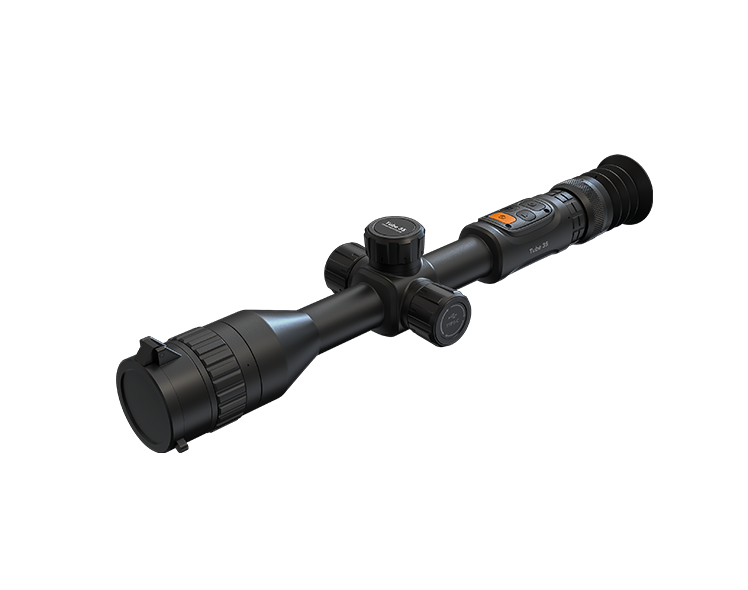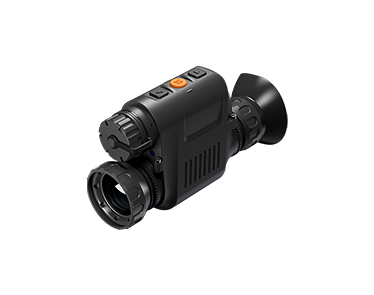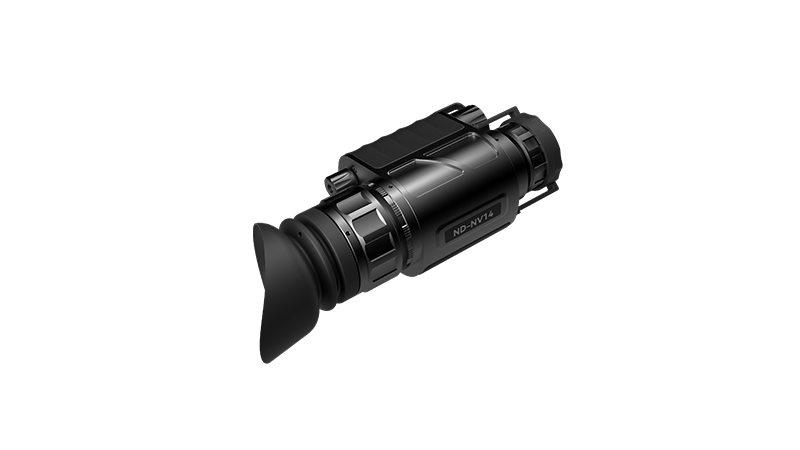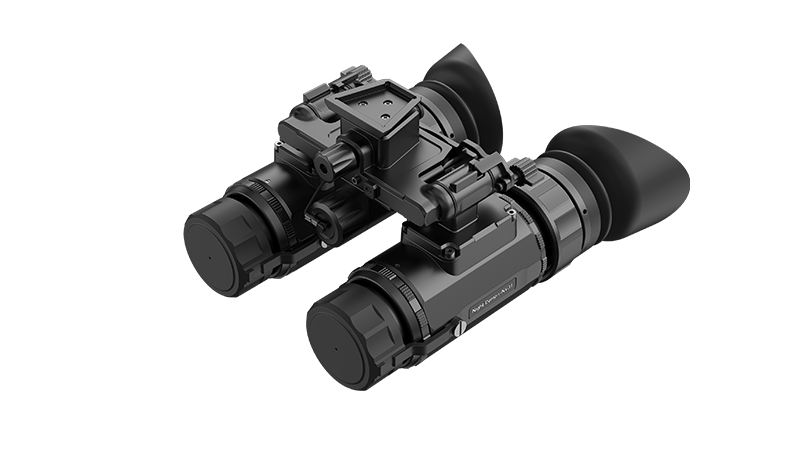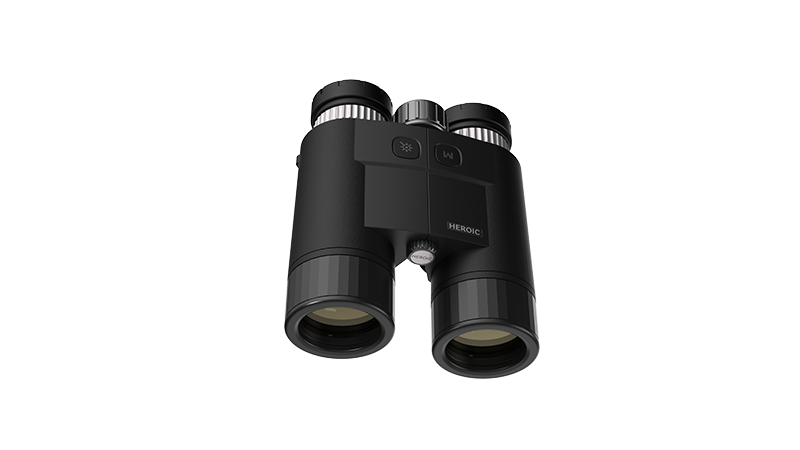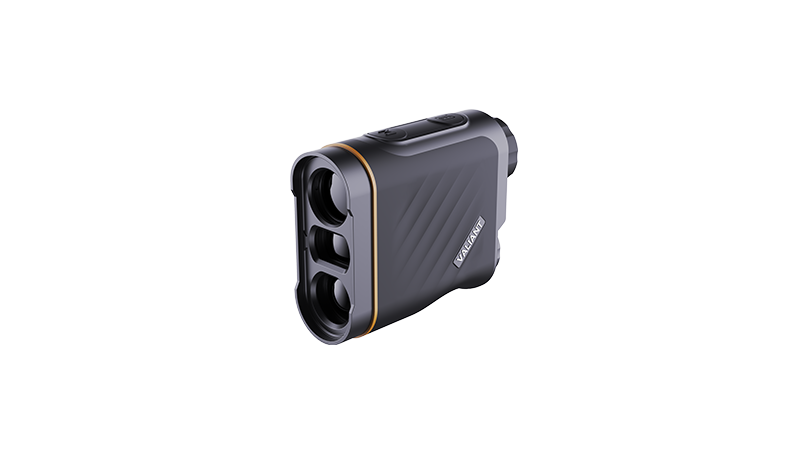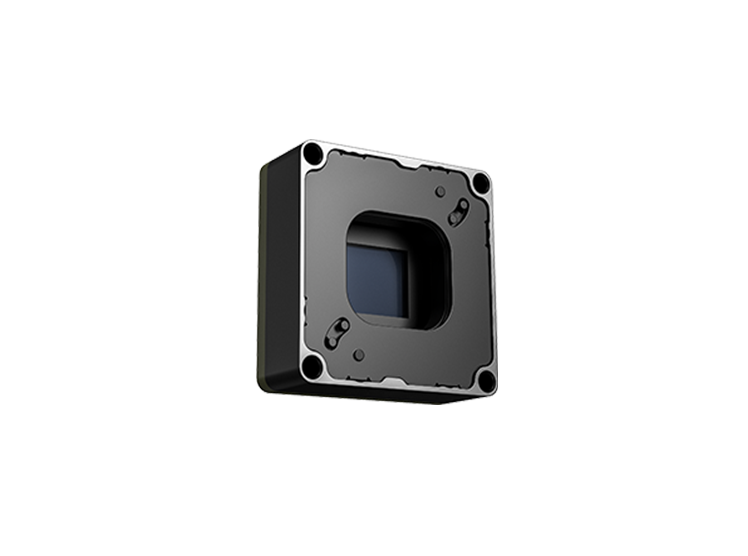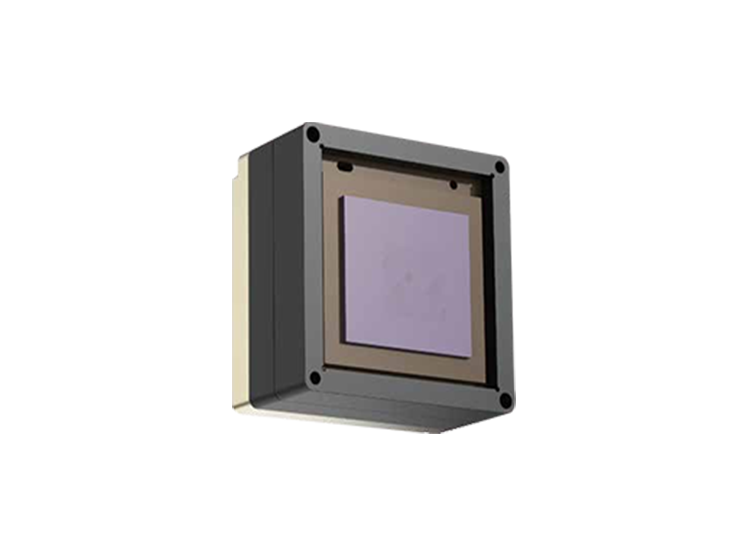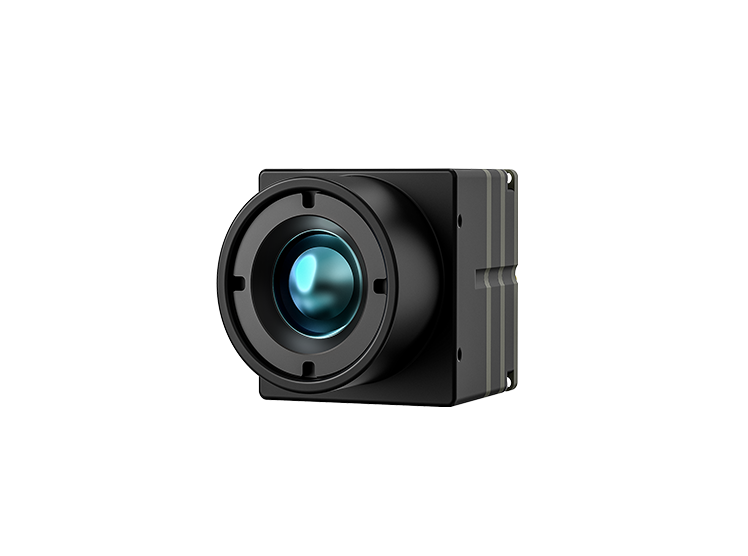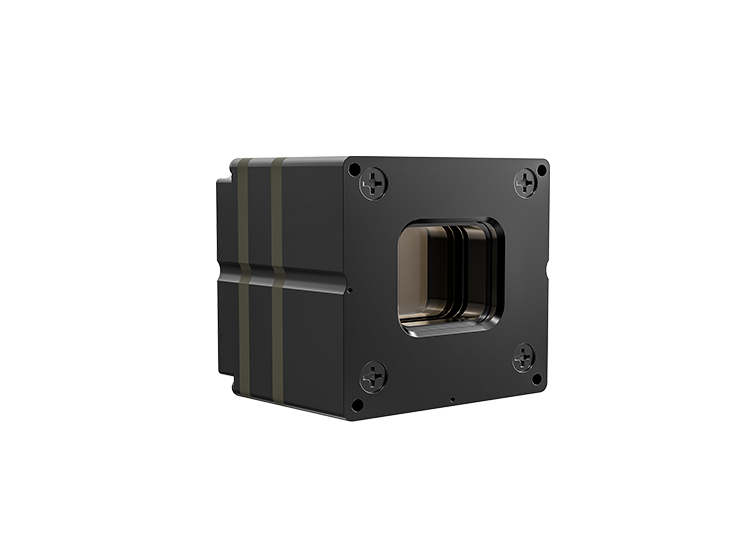Thermal Monoculars vs. Night Vision: What's the Difference?
2025/09/10In the realm of optical devices, thermal monoculars and night vision systems are often compared to each other—especially among outdoor enthusiasts and hunters seeking the best handheld thermal monocular for their needs. While both technologies serve the purpose of enhancing visibility in low-light conditions, they operate on fundamentally different principles and offer distinct advantages and disadvantages. Understanding these differences is crucial for users looking to optimize their equipment choices based on specific activities and environments.
How Thermal Monoculars Function
Thermal monoculars detect heat emitted by objects, making them indispensable tools in various settings, including hunting, search and rescue, and security. The best handheld thermal monocular utilizes infrared sensors to capture thermal radiation and convert it into a visible image. This capability allows users to see through complete darkness, smoke, fog, or other obscuring elements. Because they rely solely on heat signatures rather than ambient light, thermal monoculars can provide clear visibility even in conditions where traditional optics might fail.
One of the primary benefits of a thermal monocular is its ability to differentiate between objects based on their thermal emissions. This feature makes it easier for users to spot animals or people even under challenging conditions. Moreover, thermal imaging is not affected by light pollution or bright light sources, allowing hunters to remain undetected while observing their surroundings.
The Mechanism of Night Vision Devices
On the other hand, night vision devices amplify available light to create an image, making them effective in low-light situations but not entirely without limitations. These devices use a series of photomultiplier tubes and lenses to gather and intensify ambient light, which can come from stars, moonlight, or artificial light sources. While they can produce detailed images of the environment, they struggle in complete darkness as well as in bright, light-filled areas.
Night vision systems are typically more sensitive to light fluctuations, which can make high-contrast environments tricky to navigate. They also do not perform well in rainy or humid conditions, where water droplets can scatter light and reduce visibility. This contrast is essential for hunters to consider when deciding whether a thermal monocular or a night vision device suits their needs better.
Choosing the Right Tool for Your Needs
When it comes to selecting between thermal monoculars and night vision devices, the choice largely depends on the specific application and environmental conditions. For users who prioritize performance in complete darkness or adverse weather conditions, the best handheld thermal monocular offers unparalleled advantages. Its heat detection capabilities allow for greater flexibility and reliability across a broader range of scenarios than night vision goggles offer.
In conclusion, understanding the differences between thermal monoculars and night vision systems is critical for making informed decisions when purchasing optical devices. Both technologies have their unique strengths, but for those seeking the best handheld thermal monocular that excels in varied conditions, thermal imaging proves to be a superior choice. At IRVOTEX, we offer the MK-IR Series Thermal Monocular, which is equipped with advanced shutterless technology to eliminate stuttering and deliver a smooth visual experience. Experience high-quality thermal imaging with IRVOTEX, designed to enhance your adventures, regardless of the environment.
 +86 (028) 8535 5966
+86 (028) 8535 5966 +86 17323184180
+86 17323184180 irvotex@votinfrared.com
irvotex@votinfrared.com

